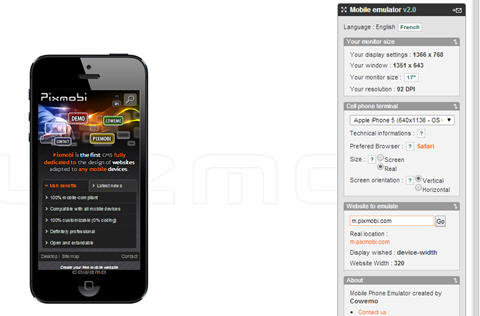
Mobile app development can be a risky and challenging business. With consumer demands constantly shifting, what is cool today might be forgotten tomorrow. Add to that the constant upgrades and changes in the platforms the apps run on, and app developers are constantly worrying about which OS and which version to choose while designing the app. Perhaps it would be much easier to take an opportunity to order custom app development from a reputable development house. If this solution isn’t for you here are a few things to keep in mind while developing your app, to ensure its longevity as well as a wide audience.
1. Choose the Right OS

Top 10 considerations for choosing a mobile application platform
Before you begin developing the app, you must keep in mind the OS you want it to run on. (iOS, Android, Windows etc) This will depend on a lot of things, but primarily, it’s the consumer base you are catering to. Put very simply, Android has the largest market share because of its open-source nature, so if you want your app to be popular, go for Android. However, iOS apps tend to generate more revenue, for the simple reason that most of them are not freely downloadable.
If you release your app on the Android ecosystem, it will also benefit from Google’s search dominance. On the other hand, the threat of malware is higher on the open source Android. Usually, most users for iOS are on the same version, so you don’t have to worry your head about compatibility.
First time developers tend to try out their product on iOS because of the limited models that it supports (iPhone/iPad), unlike the multiple devices on Android, which make designing a nightmare. On the other hand, if you’re building a product that specifically caters to emerging economies, build your app for Android as the majority will not have an iPhone.
2. Cross Platform Programming

10 Tips To Build HTML5 Mobile Apps
Apps that are compatible over multiple devices and platforms are on the rise, as most customers today use a number of interconnected devices for daily use. For example, the iOS App store has around 900,000 apps; 250,000 of which can be run on iPads as well as iPhones. Building “hybrid apps” with HTML 5 is the new in, especially because they can be made available on the native app stores (Google Play, for example) by using a native “wrapper” that’ll allow the app to access the device hardware. This can be done by the open source PhoneGap platform, which allows web browser apps to be wrapped within native codes, thus ensuring that one doesn’t have to build a different version of the app for different OS compatibility.
3. Key testing strategies

Beginner’s Guide to Mobile Application Testing
There is nothing called too much testing in developer parlance. Putting an app on the market before it completes the verification process might lead to disastrous user experience. The primary area to look into is the range of compatibility with the various devices, platforms and versions proliferating in the market. Provision of a clear line of interaction between the end user and the back end infrastructure is essential to ensure that updates can be seamlessly incorporated by various devices simultaneously. Checking for operating glitches; and proneness to bugs and malware is another chief concern. You can try real devices for operational testing of your app, but considering the diversity of products, this can get really expensive. It’s a better idea to go for emulated devices, and you can find a lot of those on the web (try mobiletest.me for example). These will act as real devices that can help you test compatibility at various levels. Take into account every scenario possible while testing; get your entire team to test the app in office and outside. Release the app only when you’ve made it 100% foolproof.
You may also want to consider load testing your application in order to ensure that it can handle the demand from your users. If you aren’t familiar with load testing, google “What is Load Testing” to quickly see what you are missing in your app. Without a doubt, performance and stress testing is definitely an important step for any serious app developer.
4. Focus on the Analytics level

50 Mobile App Development Tips For Acquisition, Retention, and Everything in Between
A common mistake for the developers is to forget about the app when the trying and testing is over and it is out in the market. This is a critical mistake because maintenance is key to ensuring the longevity of your app. Analytics can cover the processing of vast amounts of data into a meaningful picture; like user response, Key Performance Indicators (KPIs), presence of malware or bugs etc. You can outsource the analytics dimension to providers that you can trust, which offers a comparison with other similar products on the market. Or you can simply download the Google Analytics App; it is an excellent means of tracking consumer activity with Behavior Flow reports that include categories like Session Duration and Loyalty.





Thank you for sharing the information with us. All the scenarios are compiled well and are very informative. I would also like to suggest the mobile app testing tools provided by pCloudy. Their tools are comprehensive and are effective. I tested my apps, could identify bugs easily with their tools and even fix it in minutes. This is helpful for all the mobile app developers to test their apps .